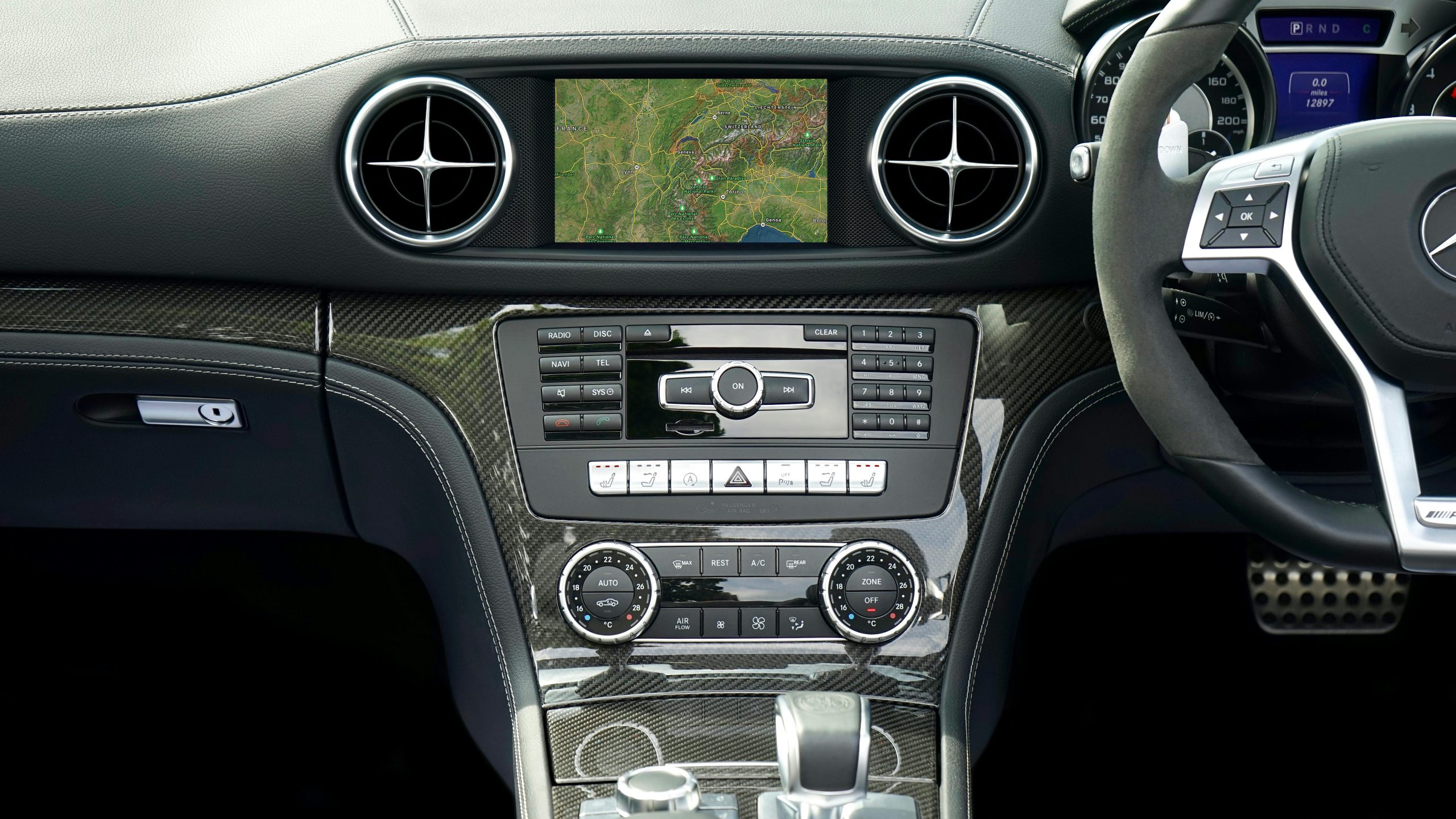Understanding Interface Speed Discrepancies in SSDs: Insights from a SanDisk Dashboard Observation
Introduction
Many users leveraging SSDs and related management tools often encounter perplexing readings that seem to contradict hardware capabilities. A common scenario involves exploring drive interface speeds reported by manufacturer dashboards, which can lead to questions about compatibility, configuration, and performance expectations. This article aims to shed light on a real-world example involving SanDisk’s SSD management software and to provide clarity on why interface speed readings might not align with expected performance.
Case Overview
Consider a user running SanDisk’s dashboard software to update their SSD firmware. During this process, they notice an inconsistency in the reported interface speed: the dashboard indicates a “Capability” of Gen 4 (4 Lanes), yet the “Connection” shows Gen 3 (4 Lanes). This discrepancy prompts questions about hardware capabilities and potential configuration issues.
Hardware Context
The system in question features a Dell Precision 5540 laptop paired with a Western Digital WD SN580 SSD. Both components are officially compatible with PCIe Gen 4 technology, leading the user to expect higher interface speeds and performance.
The Core Issue
Despite hardware specifications suggesting Gen 4 support, the dashboard’s report indicates that the SSD is operating at Gen 3 speeds. This raises several questions:
-
Why does the dashboard show Gen 3 connection speed despite hardware being capable of Gen 4?
-
Are there configuration settings, BIOS options, or system limitations causing this?
-
Is this a normal variance in reporting tools, or indicative of a known issue?
Possible Explanations
- Firmware and Driver Limitations
Firmware versions or device drivers may impact how interface speeds are reported. Outdated or generic drivers might limit recognition of maximum capabilities.
- System and BIOS Configuration
Although the user mentions no options are visible in BIOS to adjust interface settings, some systems automatically negotiate PCIe speeds based on hardware detection, power management, or system policies.
- Physical Slot and Lane Allocation
The physical M.2 slot configuration and lane allocation can influence interface speed. Some slots may support Gen 4, but only operate at Gen 3 due to motherboard constraints or shared bandwidth limitations.
- Software Interpretation and Reporting
Manufacturers’ management software may display nominal capabilities versus current operational speeds, which can be influenced by system features such as thermals, power states, or compatibility modes.
Best Practices and Recommendations
- Verify Firmware and Driver Versions: Ensure the SSD has the latest firmware and that
Share this content:



